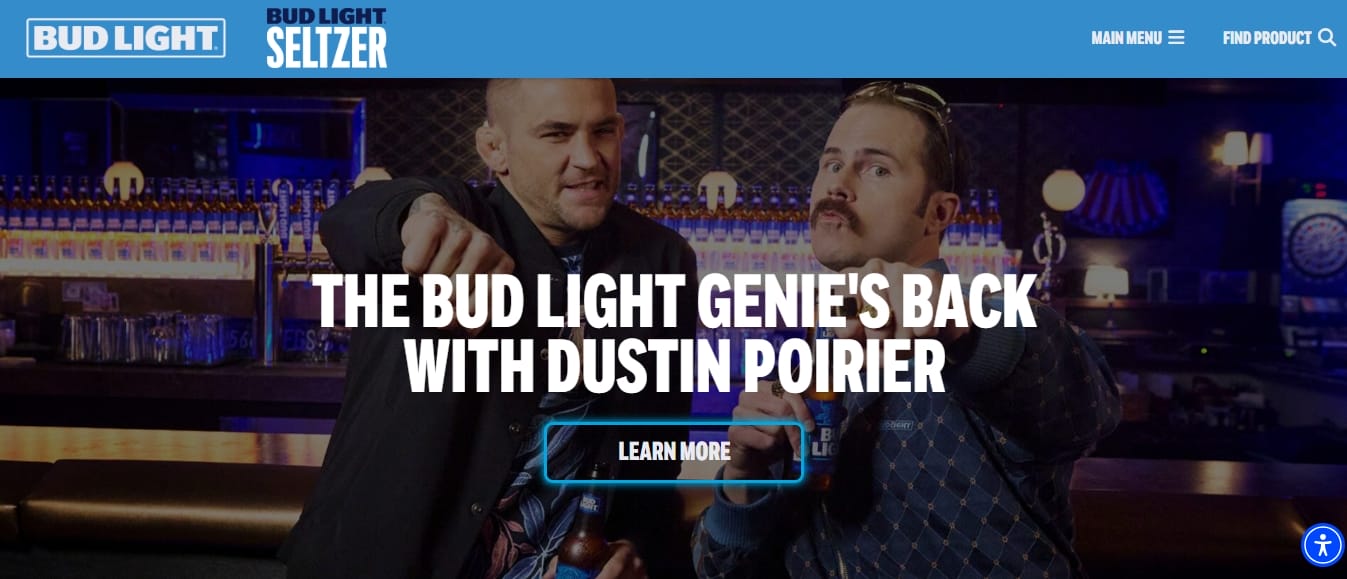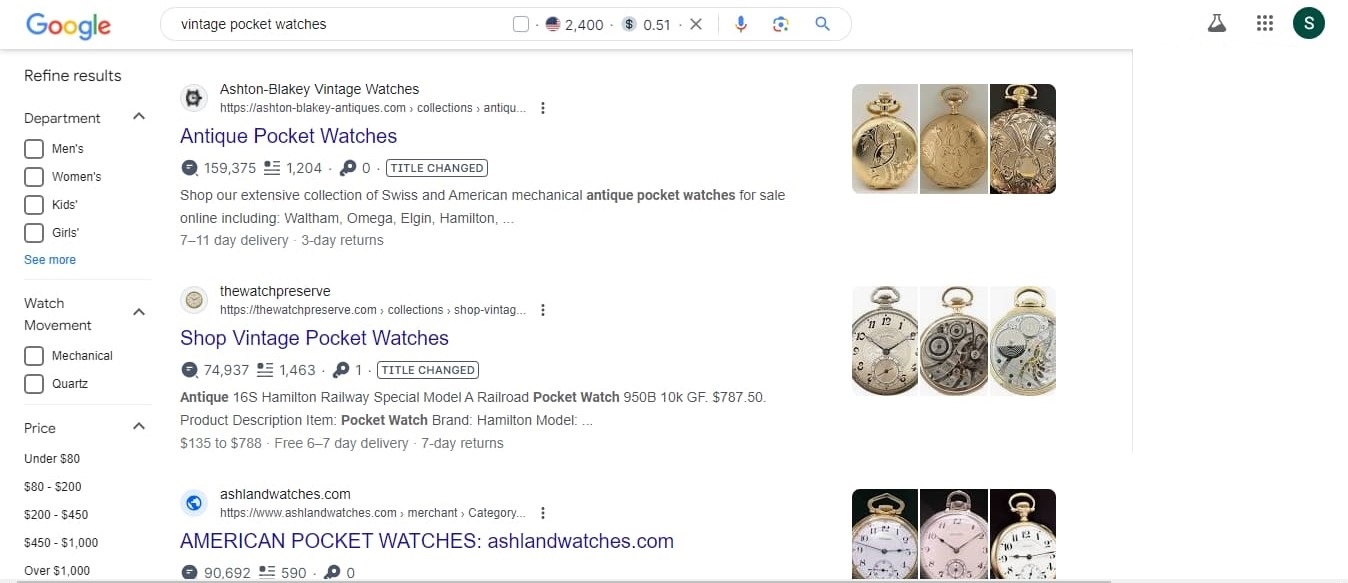In this guide, we explain how to build a brand in 10 steps. This information is based on best practices from successful brand creators.
Let’s get started.
» MORE: 10 Best Fonts For Amazing, Effective Logo Design
What is a brand?
A brand is the spirit of your business. This is the simplest definition. However, a brand is also defined by everything your business says and does. Lastly, a brand is recognizable.
Wikipedia offers a succinct definition of a brand:
“A brand is a name, term, design, symbol or any other feature that distinguishes one seller's good or service from those of other sellers.”
Brand Example:

Rolls-Royce’s Spectre embodies the Rolls-Royce’s brand identity in its sleek design. Everyone recognizes Rolls-Royce.
Key elements of a winning brand
Spoiler alert: It takes more than a cool logo and a catchy tune to make a winning brand (though those don’t hurt).
For a brand to win, it needs:
- Instant recognition.
- Impressive value proposition.
- Positive interactions with customers.
A LOT goes into achieving these three simple aims, but let’s touch on the last item: Positive interactions with customers.
Every time a customer sees one of your products, your brand identity is being reinforced in some way, either positively or negatively. Successful brands understand this principle, which is why they obsessively focus on mastering every customer touchpoint.
How to build a brand in 10 steps
1. Forget consultants and define your brand’s purpose
When building a brand for your business, the last thing you want to do is spend thousands of dollars paying a branding agency to make every decision for you!
After all, it’s YOUR business. Your brand needs to come from you.
Sure, you can pay a consultant thousands of dollars to tell you what colors to pick. But what about your values? Why are you running the business? Are you just trying to make a living, or are you trying to make the next Apple?
Brand Example:

The iPhone epitomizes Apple’s brand. Every detail, from the interface to the packaging, reinforces Apple’s premium positioning. Apple.
2. Study your competition for the perfect brand position
Building a brand is easy; building a good brand is hard and demands practicality. The truth is many industries are absolutely vicious, and unless you know where you fit in, your brand will get demolished.
Analyze Competitors Early
With this in mind, it’s worth analyzing your competitors BEFORE you lay the groundwork for your business. This will put you miles ahead of anyone who just dives in blindly without a clear picture of where they are in the market.
For example, let’s say you own a company that sells vintage pocket watches. You can do a quick search on Google to see who your top competitors are.
Click to expand the image
With some digging, you can find out what they offer and how you can differentiate yourself.
Specific questions to ask include:
- What unique features do your competitors offer?
- How do their prices compare to each other?
- What is their brand voice and messaging?
- Who is their target audience?
- What gaps exist in their product lines?
- How do customers review their products and services?
- What is their website design and user experience like?
- Do they have any notable partnerships or collaborations?
- How do they handle customer service and support?
Customer-centric Branding
The cool thing is:
Once you know your market, you don’t necessarily need to reinvent the wheel. You just need to find an underserved niche and offer the best possible service. To do this, a brand must put the customer’s needs first.
If you build your brand and try to force the customer into it, it won’t work well. People have their own needs and interests. A brand focused on fulfilling needs is much better at finding and capitalizing on an optimal brand position.
3. Choose your brand’s most important message
Once you know your brand’s purpose and position, the next step is to define your message. What is the single most important thing you want to convey?
Brand Message Example:
Click to expand images
As you can see from the example, SpaceX has a very clear brand message defined in a short and simple quote from Elon Musk. Additionally, SpaceX has a well-known mission statement, “To build the technologies necessary to make life multiplanetary.”
To write an effective brand message, there are a few simple rules to follow:
- Keep it simple and clear.
- Make it memorable.
- Make it emotionally appealing.
4. Pick brand elements that will never change
Building a brand can be tough, but changing your brand after you’ve already spent years building it is a disaster.
Imagine if Apple suddenly changed its name to Banana, along with its logo, its website, and all its merchandise.
In other words, once you choose your brand’s core elements, be willing to stick with them FOREVER.
5. Plan how you will build good Brand Karma
Once the fundamentals are in place, there’s something else every brand should do, which is: Plan how to build good Brand Karma.
A simple rule of thumb to remember is:
Every time a customer has a good experience with your brand, your brand gets good karma. Every time a customer has a bad experience, your brand gets bad karma.
Brand Karma In A Nutshell
Building good Brand Karma is one of the most important things you can do for your business. It’s more important than what colors you choose, your logo, and so on.
Yes, your colors, logo, and whatnot are important but only in the way that they impact your interactions with customers.
6. Map out your brand to maintain consistency
We’ve covered some of the groundwork of building a brand, but the foundation isn’t complete yet. For a brand to work, it needs to be consistent.
It’s tempting to start a business before your brand is clearly defined; many small businesses do this. After all, it can be difficult to sit down for hours on end and envision your brand when you’re busy.
A good solution is to create a Brand Map, which helps you crystallize your brand. A Brand Map should include your core values, target audience, brand voice, visual elements, key messaging, and much more.
Elements of a Brand Map
7. Plan how to keep your brand’s promises
When you own a business, promises are a big deal, and people definitely remember if you keep them. So, if you make a promise that’s tied to your brand, find a way to keep it.
Do some advanced planning. For example, let’s say your brand promises a discount on every fifth item sold.
In this case, you would need to do something like:
- Design and test an automated discount system well before launch.
- Create staff training materials in advance.
- Create future promotional calendars.
- Set up regular auditing schedules to ensure discounts are being applied correctly.
- Develop a contingency plan for system errors and/or disputes.
Whatever you promise, advance planning is key. This will keep you much more consistent, and consistency is how you really build trust in your business.
People want a trustworthy business. The last thing they want is to feel like they’re getting screwed.
8. Craft a strategic online marketing mix
To succeed today, your brand needs marketing…on multiple platforms. This is because today’s economy is a crazy, fluctuating ecosystem, and people bounce from thing to thing.
Every platform has strengths and weaknesses, so you wouldn’t want to invest your ENTIRE marketing budget in one kind of ad.
So, start by identifying where your target audience spends their time online. Pick at least two platforms but preferably more.

You don’t have to market on every platform you research, but you definitely need to know where your target audience is putting its attention.
From there, you can experiment with a mix of paid ads, organic content, and influencer partnerships. There are many different ways you can market.
PS Retargeting campaigns are a good idea because they keep your brand top-of-mind for your potential customers.
9. Plan how you will respond to criticism and bad reviews
In the past, building a brand was arguably easier. After all, businesses back then didn’t have to deal with the minefield of social media and potential online criticism.
Today, a brand’s actions are amplified a thousandfold, and brands can easily get mired in controversy.
A good example is what happened with Bud Light during the controversy over their marketing campaign in 2023.

Even established brands can face unexpected backlash in today’s fast-paced media landscape. Bud Light.
So, how do you address this problem, and how do you address the inevitable criticism and bad reviews your brand will face?
Here’s how to prepare:
- Create a crisis communication plan before you need it.
- Set up a system to monitor your brand mentions across platforms.
- Establish guidelines for responding to feedback, both positive and negative.
How your brand handles criticism matters.
10. Make a website that represents your brand
Once you’ve covered the groundwork of building a brand, it’s time to create a website. The power of a website is incredible, as it’s often the first point of contact between you and customers.
Here are some tips for branding your website correctly (keep in mind that Figma is our favorite design tool):
- Create a comprehensive brand style guide as a Figma library for easy implementation.
- Collaborate with your web designer using Figma’s real-time features.
- Iterate your design in Figma until your brand components are consistent.
Note: You can use other design tools that allow for collaborative design. However, Figma is arguably the best!

A collaborative interface design tool that brings teams together to create, prototype, and iterate in real-time. Figma.
Building a brand is a journey
Building a brand takes time, and it won’t happen in a day. It’s like going on a long road trip. You start with a destination in mind, and you’re likely to encounter detours, bumps, and potholes along the way.
Getting the core principles right is like tuning up your vehicle before leaving so that you’re prepared for whatever challenges the road throws at you. The purpose of this guide is to prepare you for success.
How to build a brand FAQ
Check out this section for information on measuring the success of your branding efforts, common mistakes to avoid when building a brand, and the impact your website has on your brand.
How do you measure the success of your branding efforts?
There are a few key ways:
• Keep an eye on how many people visit your website, follow you on social media, and talk about your brand online.
• Analyze how often people interact with your posts, open your emails, and share your content.
• Research whether your customers keep coming back, how much they spend, and if they recommend you to friends.
What are some common mistakes to avoid when building a brand?
First, don’t send mixed messages. Make sure your brand looks and sounds the same everywhere.
Next, don’t ignore what customers say. Really listen to their feedback and be ready to tweak things if necessary.
Lastly, don’t copy the crowd. Figure out what makes your brand special.
What impact does a website have on a brand?
A website impacts a brand in multiple ways since it’s where people go to see what you’re about and decide if they want to do business with you.
Get your website right, and you’ll win customers. Mess it up, and you’ll send them running to your competitors.
Are you ready to build a custom website? If so, visit our Connect page and send us a message.












